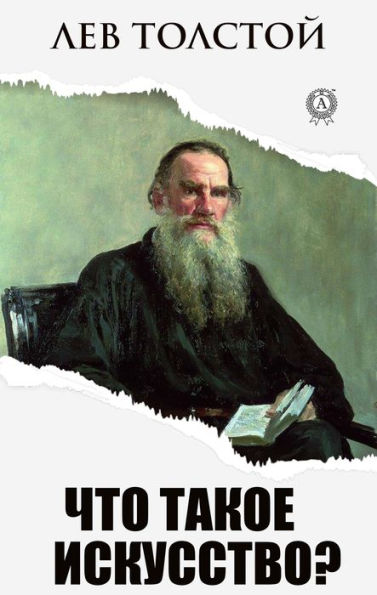What is art?
"What is art?" (1897) is an essay by Leo Tolstoy in which he opposes the numerous aesthetic theories that define art in terms of the theory of correlation, truth, and especially beauty. According to Tolstoy, art at the time was corrupt and decadent and the artists were misled. The essay develops aesthetic theories that flourished at the end of the 18th century and throughout the 19th century, thus criticizing the realistic position and the existing connection between art and pleasure. Tolstoy, in addition to the already existing theory, emphasizes the importance of emotionality in art, the importance of communication, leading to the rejection of bad or fake art, as they are harmful to society, as they interfere with people's ability to perceive art.
1138955907
What is art?
"What is art?" (1897) is an essay by Leo Tolstoy in which he opposes the numerous aesthetic theories that define art in terms of the theory of correlation, truth, and especially beauty. According to Tolstoy, art at the time was corrupt and decadent and the artists were misled. The essay develops aesthetic theories that flourished at the end of the 18th century and throughout the 19th century, thus criticizing the realistic position and the existing connection between art and pleasure. Tolstoy, in addition to the already existing theory, emphasizes the importance of emotionality in art, the importance of communication, leading to the rejection of bad or fake art, as they are harmful to society, as they interfere with people's ability to perceive art.
0.99
In Stock
5
1

What is art?
340
What is art?
340
0.99
In Stock

Product Details
| ISBN-13: | 9780880003360 |
|---|---|
| Publisher: | Strelbytskyy Multimedia Publishing |
| Publication date: | 03/04/2021 |
| Sold by: | Bookwire |
| Format: | eBook |
| Pages: | 340 |
| File size: | 576 KB |
| Age Range: | 12 - 18 Years |
| Language: | Russian |
About the Author

From the B&N Reads Blog
